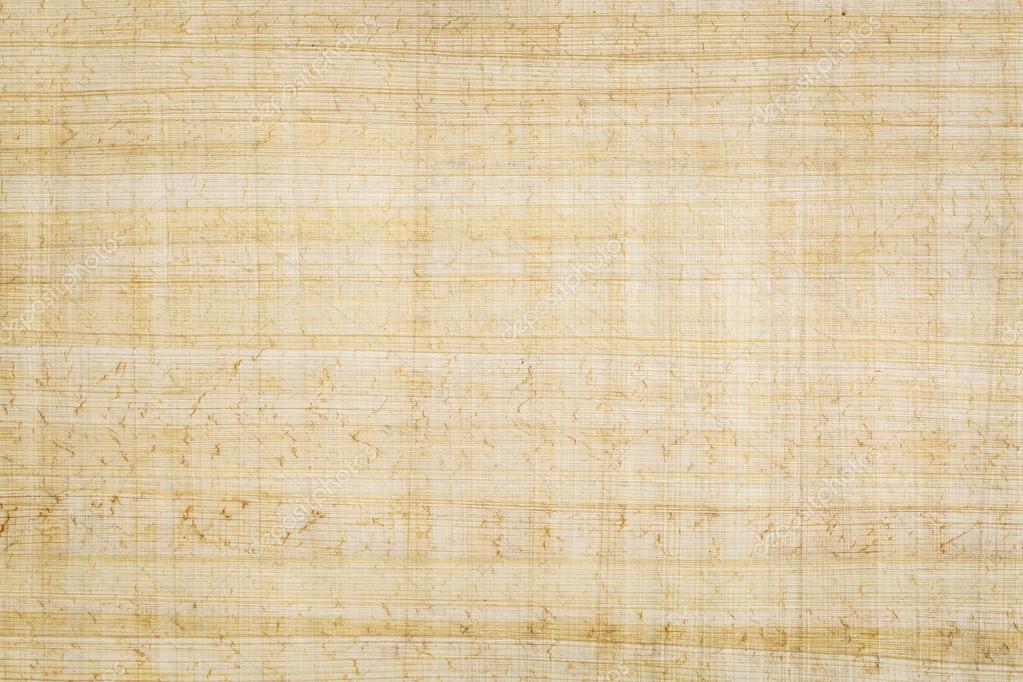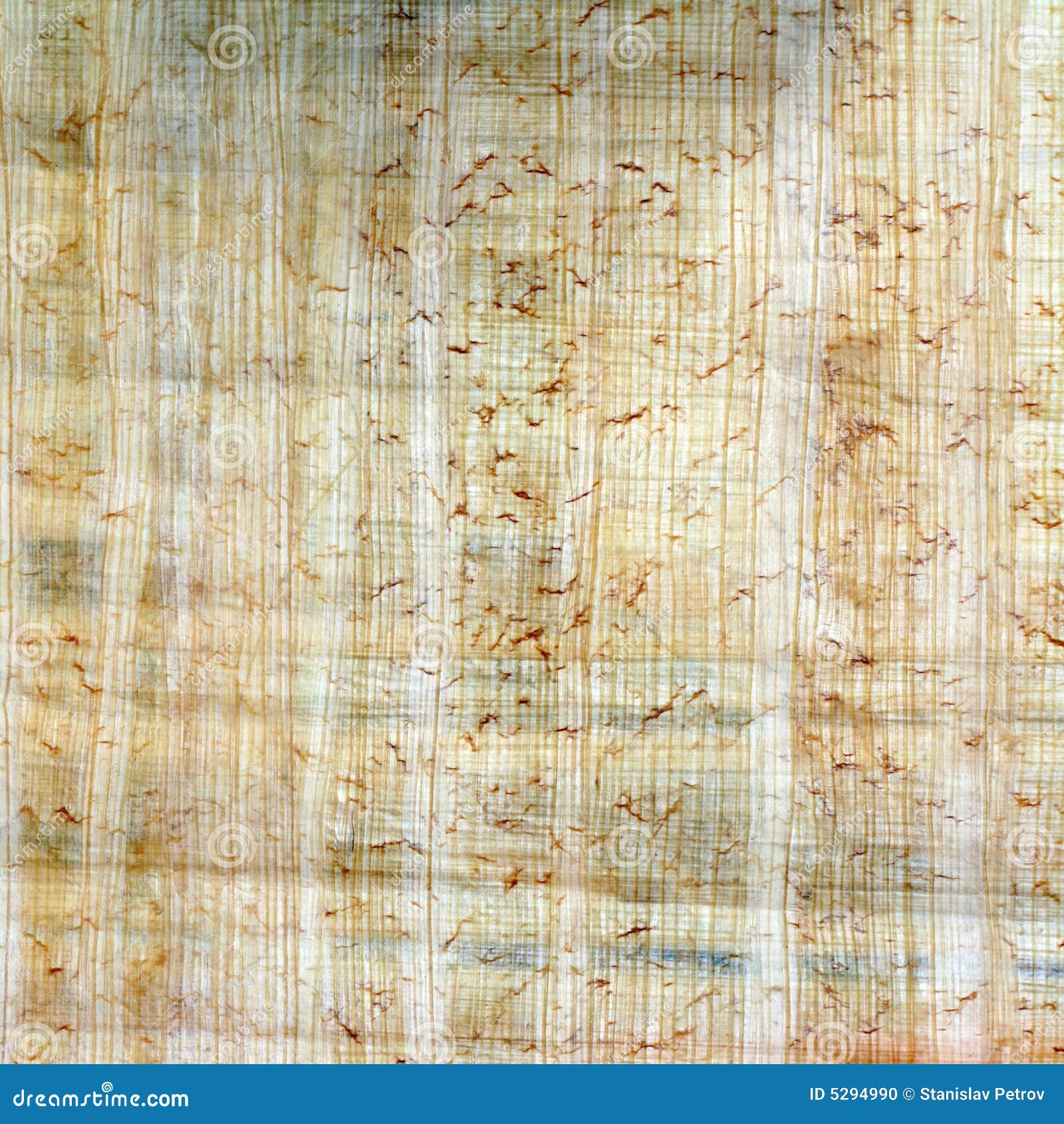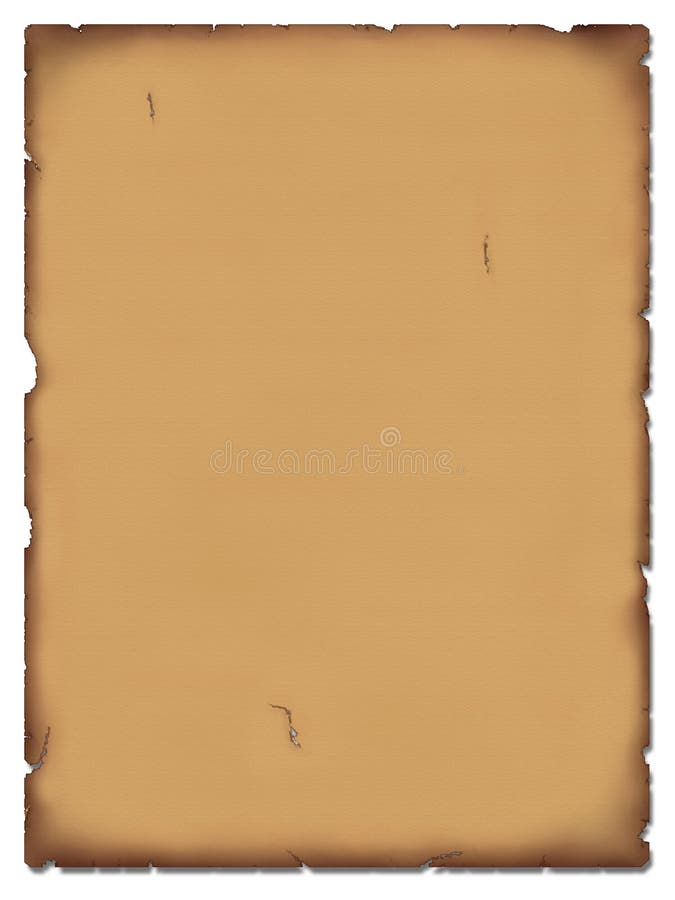
The texture of the sugar cane item has been changed, so that it actually matches the color it uses when placed again. Sugar cane now has a 50% chance of increasing the compost level in a composter by 1.Īdded wandering traders, which sell sugar cane. Placing sugar cane into a composter has a 20% chance of raising the compost level by 1. The texture of the sugar cane item has been changed. Prior to The Flattening, this block's numeral ID was 83, and the item's 338. "Sugar Canes" have now been renamed to "Sugar Cane". The ID of sugar cane has now been changed from reeds to sugar_cane. Sugar cane no longer breaks if its adjacent water is turned to frosted ice. The item texture remained unchanged, however, and still used the color palette from Alpha to 1.6.4. Sugar cane is now tinted depending on the biome it's in.

Sugar cane is now available in the creative inventory.

#Old papyrus texture update
This update allows sugar canes to appear next to water ponds in desert biomes. Sugar cane can now grow and be placed onto sand as long as they are adjacent to water. However, snowballs still come into contact with any sugar cane blocks, as if they are solid. Notch has retconned reeds into sugar cane so that it can now be crafted into sugar, included in the recipe for the cakes.Īrrows no longer stick to sugar cane, and instead, they pass through. Since reeds can be washed away with water currents or instantly destroyed by removing the water adjacent to them, automated reed farms can be made. Reeds are informally referred to as "bamboo" or "papyrus" by many players. The specific instructions are: Appearance when affected by MC-48831 Java Edition AlphaĪdded reeds in the Seecret Friday Update 6. Please remove this notice once you've added suitable images to the article. While the block is in the process of being broken Placing sugar cane into a composter has a 50% chance of raising the compost level by 1. On average, it takes 18 minutes for a single block of sugar cane to grow 3 blocks tall. In Java Edition, bone meal cannot be used on sugar cane. In Bedrock Edition, bone meal can be used to instantly grow sugar cane to three blocks. Sugar cane grows regardless of light level, even in complete darkness. The adjacent water block can be covered with another block, whether opaque or transparent, and sugar cane can still be placed and grow next to it. Sugar cane must be planted on a grass block, dirt, coarse dirt, rooted dirt, podzol, mycelium, sand, red sand, suspicious sand, moss block, or mud that is directly adjacent to water, waterlogged block, or frosted ice (not merely above or diagonal to water), or on top of another sugar cane block.

on average every 18 minutes on Java Edition or 54 minutes on Bedrock Edition, but the actual rate can vary widely). Sugar cane can generate naturally up to any number of blocks tall, but grow only to a height of three blocks, adding a block of height when the top sugar cane block has received 16 random block ticks (i.e. Main article: Tutorials/Sugar cane farming Sugar cane takes on a different shade of green depending on the biome in which it is placed. Wandering traders can sell sugar cane for an emerald.ĭue to its water-displacing properties, sugar cane can interestingly be used to create underwater paths, allowing players to move at normal speed and breathe if it is two blocks in height. Sugar cane cannot generate in caves in Java Edition. An extra 10 attempts are made in swamp biomes, and 50 in desert biomes, which makes sugar cane twice as frequent in swamps and six times as frequent in desert biomes, making the banks of rivers that cut through deserts lined with sugar canes.

Sugar canes attempt to generate 10 times in any Overworld biome, which requires water. It generates in approximately 0.8 sugar cane per chunk seeing as how they only generate near bodies of water.
#Old papyrus texture generator
Rare taller sugar canes can be found if the world generator places two smaller canes on top of each other. Sugar cane can generate naturally near water, as two ( 11⁄ 18 chance), three ( 5⁄ 18 chance), or four ( 2⁄ 18 chance) blocks tall. Naturally-occurring sugar cane near a river.


 0 kommentar(er)
0 kommentar(er)
